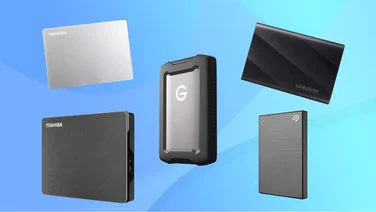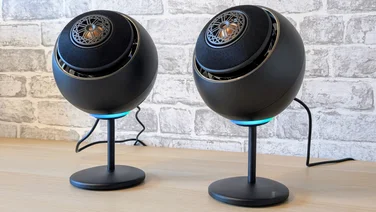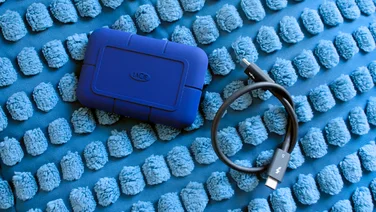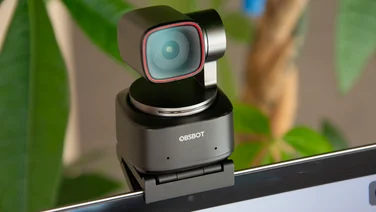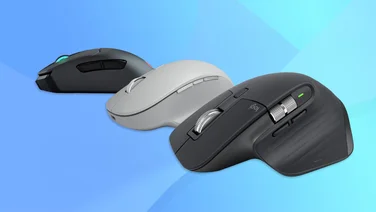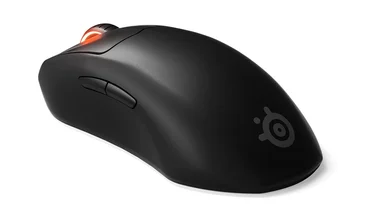To help us provide you with free impartial advice, we may earn a commission if you buy through links on our site. Learn more

HP’s ScanJet Pro 2500 f1 combines a standard flat-bed scanner with an automatic document feeder (ADF) to create the kind of device you’d usually find sitting at the top of an office-orientated multifunction peripheral (MFP).
It’s a bit of a niche product, perhaps, but its ADF means you can capture multi-page documents in a single operation, while the presence of a conventional glass platen means that you can also place and scan single pages or bulky originals, for sharper results up to the maximum 1,200 dots per inch (dpi) resolution. It works in duplex, scanning both sides of an original in a single pass.
The ScanJet Pro 2500 isn’t designed for very heavy or departmental use: the ADF’s 50-page capacity and 1,500-page per day maximum duty rating are plenty for home or small office users, but clearly not up to the demands of volume scanning. All the same, it’s nicely made, with stiff hinges that prevent the scanner lid and ADF crashing down onto the platen, and which extend upwards by a couple of centimetres so the lid can still close flat on thick originals.

The front of the platen glass lies slightly above the surrounding plastic, so it’s easy to collect original documents by sliding them towards you. Just below there’s a control panel with customisable shortcut buttons for common scan types, while the back has ports for the USB connection and power supply.
I performed our regular scan tests, before moving on to multi-page tests using the ADF. In our regular tests, I was disappointed to find that thicker originals like photo prints can still slide under the bezel as you push them into place. Likewise, pages passing through the ADF sound as though their leading edge is being scraped along the lining.
However, the mechanism coped without a hitch, even with thin and nasty magazine pages – until, that is, I tried to capture 10 postcard-sized photos in landscape orientation: after several mis-feeds, I discovered that portrait orientation worked fine.
It seems I’m always complaining about HP’s over-simplified TWAIN scan interface, so I was pleasantly surprised at the tweaked version bundled here, which contains more features and doesn’t automatically sharpen high-resolution scans. While not as good as the best home devices, I was happy with the results from this scanner. Even photo scans were quite good, even when captured from the ADF rather than the platen. Speeds were impressive on simple jobs, with a single 150dpi A4 scan despatched in just six seconds, and 10 pages needing only 40 seconds.
Duplex scanning 10 sheets of paper, with 16 printed sides, took 92 seconds, and our test PC needed an additional 75 seconds to perform optical character recognition and save the result as a searchable PDF. This doesn’t include the time taken to manually preview and rotate any inverted pages, however. The ScanJet Pro 2500 doesn’t have auto-rotation, but it can de-skew pages. It also has blank page detection, but you’ll need to configure this yourself: as usual, I found that a figure of 5% worked reliably.
This is neither the best sheet-fed nor the best flat-bed scanner I’ve ever tested, but it does combine the two to good effect. If you need a flexible, office-biased device for general archiving and scanning work, it’s a good choice.

